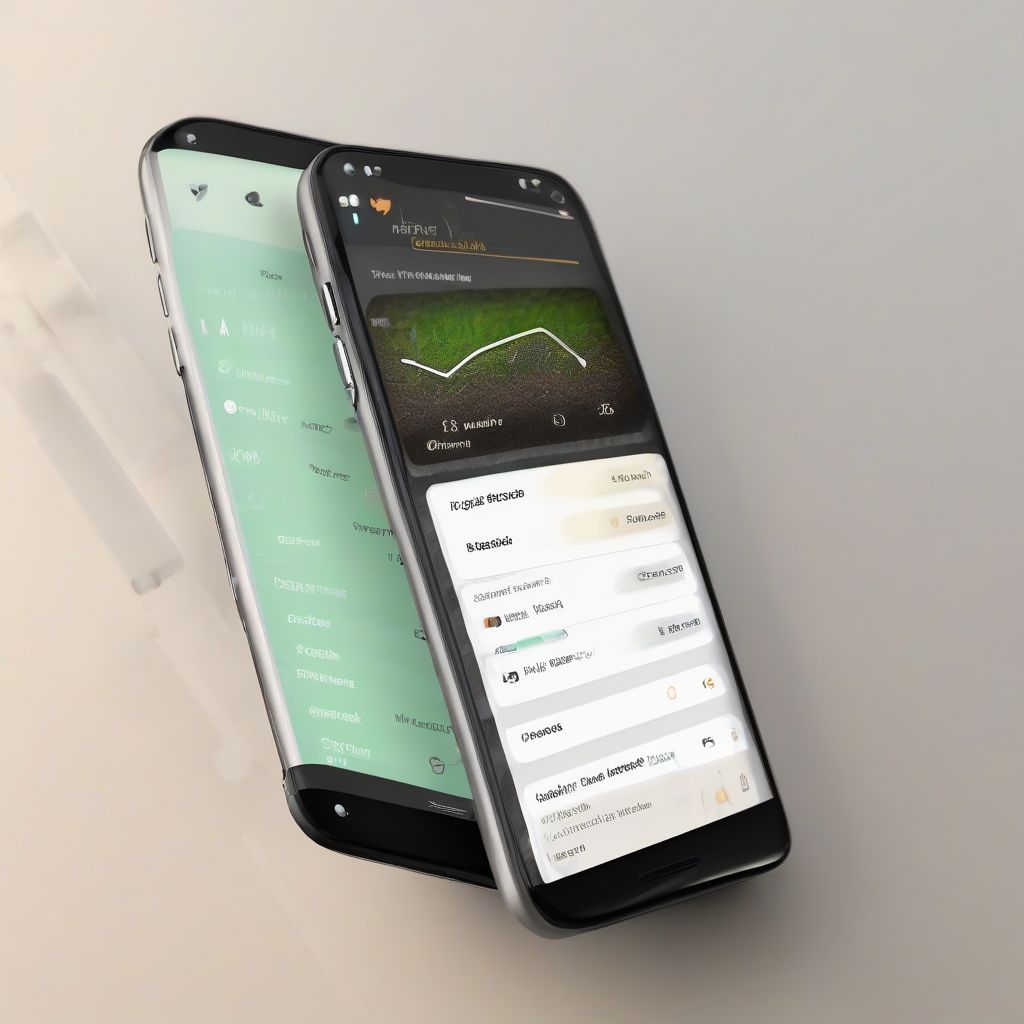Imagine this: you’re starving and craving a delicious, healthy meal. You pull out your go-to food delivery app, ready to order your favorite salad. But the app crashes. You reopen it, only to be bombarded with confusing menus and a clunky interface that makes finding your salad a Herculean task. Frustrated, you give up and order pizza instead.
This, my friend, is a UX nightmare. And it’s costing businesses millions. In today’s digital age, a seamless mobile app experience is no longer a luxury—it’s a necessity.
As a nutritionist and meal prepping coach, I understand the importance of a smooth and enjoyable user journey. Just like a well-prepped meal plan sets you up for success, a well-designed app paves the way for positive user experiences and increased engagement.
So, how can we create apps that leave users feeling satisfied, not starved for better usability? Let’s dive into the best practices for enhancing mobile app UX.
Understanding Your Audience: The Foundation of Good UX
Before diving into design elements, it’s crucial to understand your target audience. What are their needs, behaviors, and pain points? Conducting thorough user research, gathering feedback, and creating user personas can provide invaluable insights into your users’ expectations and preferences.
For instance, if your app targets busy professionals, they might prioritize quick loading times and intuitive navigation over flashy animations and complex features.
Navigation: Guiding Users with Ease
Imagine wandering through a grocery store with no aisles, just shelves scattered haphazardly. Overwhelming, right? That’s what poor app navigation feels like.
A well-designed app guides users seamlessly through their journey. Consider these navigation best practices:
- Keep it simple and intuitive: Use familiar navigation patterns like tab bars, bottom navigation, and hamburger menus.
- Prioritize clarity: Ensure menus and labels are clear, concise, and easy to understand.
- Offer clear signposting: Provide visual cues and hints to help users understand where they are and how to proceed.
 Clear Mobile App Navigation
Clear Mobile App Navigation
Thumb-Friendly Design: Optimizing for One-Handed Use
We live in a mobile-first world where people often use their phones with one hand, especially on the go. Consider this while designing your app’s layout:
- Place key actions within thumb’s reach: Position frequently used buttons and interactive elements within easy reach of the user’s thumb.
- Use generous touch targets: Ensure buttons and interactive elements are large enough to tap comfortably, even with clumsy fingers.
- Avoid gesture-heavy interactions: While gestures can be convenient, relying too heavily on them can lead to accessibility issues and user frustration.
Content is King: Engaging and Readable Content
Just like a delicious meal starts with fresh ingredients, a great app experience relies on high-quality content.
- Write concisely and clearly: Use plain language, short sentences, and bullet points to improve readability.
- Use visuals effectively: Images, videos, and infographics can break up text and make your content more engaging.
- Prioritize scannability: Users often scan content on mobile, so use headings, subheadings, and white space to improve readability.
Performance Optimization: Speed is Key
A slow-loading app is like waiting in a long line for a lukewarm coffee – frustrating and instantly forgettable.
Optimize your app’s performance by:
- Minimizing loading times: Compress images, optimize code, and use caching to reduce load times.
- Ensuring smooth animations and transitions: Choppy animations can create a jarring experience, so make sure they’re smooth and responsive.
- Testing on various devices and networks: Optimize your app for different screen sizes, operating systems, and network conditions to ensure a consistent experience.
Accessibility: Designing for Everyone
Everyone deserves access to a delightful mobile experience. When designing your app, consider users with disabilities:
- Provide text alternatives for images: Use descriptive alt text for images so screen readers can convey the information to visually impaired users.
- Ensure sufficient color contrast: Use a color contrast checker to ensure text and background colors have enough contrast for users with low vision.
- Support dynamic text resizing: Allow users to adjust the font size to suit their needs.
Feedback and Iteration: The Cycle of Improvement
Launching your app isn’t the finish line—it’s the starting point. Gather user feedback through in-app surveys, analytics, and user testing. Use this valuable information to iterate and improve your app continuously.
[amazon bestseller=”mobile-app-ux-design”]
Conclusion
Enhancing mobile app UX is an ongoing journey, not a one-time task. By understanding your users, prioritizing usability, and constantly iterating based on feedback, you can create an app that not only meets users’ needs but delights them at every interaction.
Remember, a well-designed app is like a well-prepped meal: it nourishes, satisfies, and leaves a lasting positive impression.
